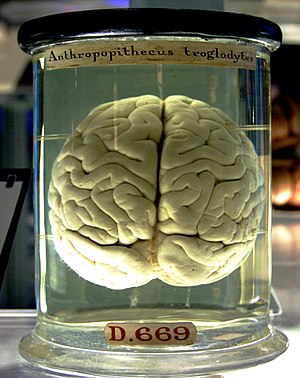A bionic eye prototype developed by researchers in Australia aims to implant an array of electrodes in the eye that can deliver electrical impulses directly to neurons in the retina.
The group, called Bionic Vision Australia, has developed a device called the wide-view neurostimulator for patients suffering from degenerative vision loss.
“It is really designed to give people back their mobility so they can move around their environment and avoid obstacles,” says Anthony Burkitt, research director of Bionic Vision Australia. “We are also working on a second-generation product that will help people recognize faces and read large print.”
Researchers worldwide are trying to find ways to use electronics to improve visual recognition. Last year, MIT announced it had developed a chip implant that could restore vision in some patients. MIT’s eyeball design holds a microchip that connects to an external coil on a pair of glasses. The chip receives visual information and activates electrodes that, in turn, fire the nerve cells that carry visual input to the brain.
Burkitt says other groups in Germany and Japan are working on similar projects. The difference largely lies in the the number of electrodes used, the configuration of the electrodes and how the data is transmitted.
Bionic Vision Australia uses an external camera — with resolution of up to 5 megapixels — mounted on a pair of glasses. An electrode array is implanted in the eye and that connects to the central part of the retina where the greatest number of retinal neurons are present. An external unit has vision-processing software to help generate the electrical impulses. The communication between the electrode implant and the external unit is wireless.
“The camera itself doesn’t need to be very powerful because the quality of the image isn’t the crucial component,” says Burkitt. “What’s important is the vision-processing software that picks up the image and transforms it into electrical impulses.”
The resultant vision is not the same as the images that a sighted person sees. Instead it’s a pixelated version with a relatively small number of dots: about 100 in early versions. But it’s a beginning, says Burkitt. Meanwhile, the team is also working on the next version of the bionic eye that will include 1,000 electrodes, delivering 10 times the resolution. It will be made of platinum, instead of the polycrystalline diamond used for the first one, so more electrodes can be packed in and better images generated.
Burkitt and his team hope to do the first human implant in 2013.

![Reblog this post [with Zemanta]](http://img.zemanta.com/reblog_e.png?x-id=ddbe4600-e5f0-40c2-8cc9-b92f628a37c5)

